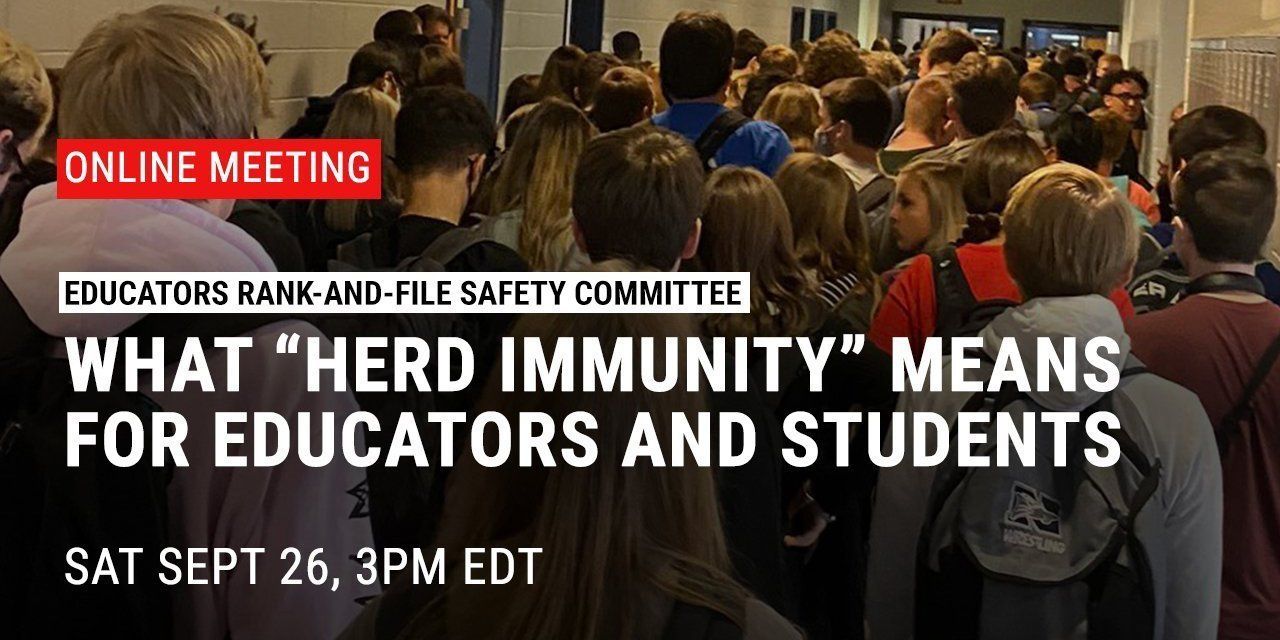Rafael Azul
The California Statewide Fire Summary reported Thursday that 26 major wildfires continue to burn across the state. Currently over 18,000 firefighters from California and elsewhere are battling those fires. Twenty-three new fires were detected Wednesday, all of which were quickly contained, according to Cal Fire. While the weather has tempered, Cal Fire has declared a new Fire Weather Watch for this weekend and next week.
Altogether in 2020 there have been eight thousand fires which have burned over 3.6 million acres in California. The number of wildfires massively escalated on August 15, following thunderstorms, high temperatures and high winds. Since then there have been 26 deaths and 6,700 structures destroyed, including homes and apartments.
In Northern California the weather is now cooler and rain is expected in the northwest corner of the state. Despite this a Fire Weather Watch has been declared for this weekend across the area in expectation of high winds and low humidity, which are critical fire weather conditions. Compounding this danger, a warming trend has been forecast for this weekend and next week across the state.
Included in the latest Cal Fire report is the following warning: “A Fire Weather Watch most often precipitates a Red Flag Warning and tells you that critical fire weather is on the way.”
While the destruction this year exceeds previous records the 2020 fire season is expected to last several more weeks, until the rainy season that generally begins in November.
Many Californians now face an uncertain and desperate future. Thousands of homeowners who can no longer afford wildfire insurance risk losing everything—the 2017 and 2018 wildfire seasons provoked massive increases in fire insurance rates—while others have been flat-out denied coverage.
Renters, even those with insurance, face even more dire prospects; from one day to the next many have become homeless under conditions in which the state has a very low housing vacancy rate. While cities across the state have declared moratoriums on evictions, due to the COVID-19 pandemic, the destruction of homes automatically cancels lease agreements.
Even tenants of damaged homes are often required to move out while repairs are taking place. Many of those affected are the elderly, pushed out of cities like San Francisco and Los Angeles by prohibitive housing costs. When the fires are finally put out, many of these residents will have to begin over again with meager resources and no significant help from state and federal agencies.
For those households that have not yet suffered direct damage to their homes, planned and unplanned electricity blackouts and brownouts add another burden to their health and living standards.
State fire fighters, currently working an average of 72 hours per week with no days off, and whose pay was cut in July as part of Governor Newsom’s COVID-19 austerity measures, have to deal with a lack of sufficient manpower and essential equipment, such as fire trucks, planes and helicopters. California has appealed for, and received, help from firefighters from Australia, Mexico, Texas, New Mexico and other states.
According to the San Jose Mercury News, “The 50,000-acre CZU Lightning Complex fires raging through Santa Cruz and San Mateo counties, Cal Fire had a firefighter for every 49 acres and engine for every 610 acres… the 219,067-acre LNU Lightning Complex in the North Bay, Cal Fire had a firefighter for every 207 acres and engine for every 2,148 acres. And for the even more massive 229,968-acre SCU Lightning Complex, Cal Fire had a firefighter for every 206 acres and engine for every 2,277 acres.”
Democratic Governor Gavin Newsom, who recently witnessed the exhaustion of the fire crews, remarked, “I was down there in Santa Clara yesterday meeting with some San Jose firefighters that looked completely wiped, saying we need more support. They were simply overwhelmed by what they saw.”
This is nothing but crocodile tears. Newsom is as responsible for the utter inadequacy of resources as the rest of the political establishment in Sacramento for consistent cuts to budgets for social programs and fire prevention.
None of these issues are a cause for concern for wealthy homeowners that live in exclusive suburbs and exurbs.
Last October it was revealed that millionaire socialite Kim Kardashian had hired a private firefighting service to protect her mansion in Hidden Hills, California. The Kardashians and other wealthy landowners are increasingly taking similar measures. These companies offer “on-call services” to the well-heeled. Their use has increased as the number and intensity of fires goes up, in areas such as the wealthy areas of suburban Los Angeles and among the mansion owners in the wine-producing region of Northern California.
The wealthy can hire one of the more than 330 and growing private firefighting crews that operate across the US. The companies, which work both to fireproof mansions and to protect them when the fires break out, also offer their services to governments and insurance agencies, part of the elite insurance packages afforded by the wealthy elites.
One company operator told Reuters: “Wealthy people already have their private schools, and they have their private jets. Now, someone with money says, ‘OK, I am going to hire my own private fire department.’”
The wealthy are responding to electricity supply problems by installing their own generators, “going off the grid.”
Just as with the coronavirus pandemic, the wildfires are feeding into the anger of workers, youth and poor people that promises a mass rebellion against inequality and capitalism. While hundreds of homes burn to the ground and essential services are cut, California’s oligarchs save their homes and preserve their “quality of life.”
The 2020 West Coast wildfires confirm what is being exposed by the COVID-19 pandemic and by natural and man-caused disasters across the globe: the failure of capitalism and the breakdown of whatever remains of social safety nets for the working class.





